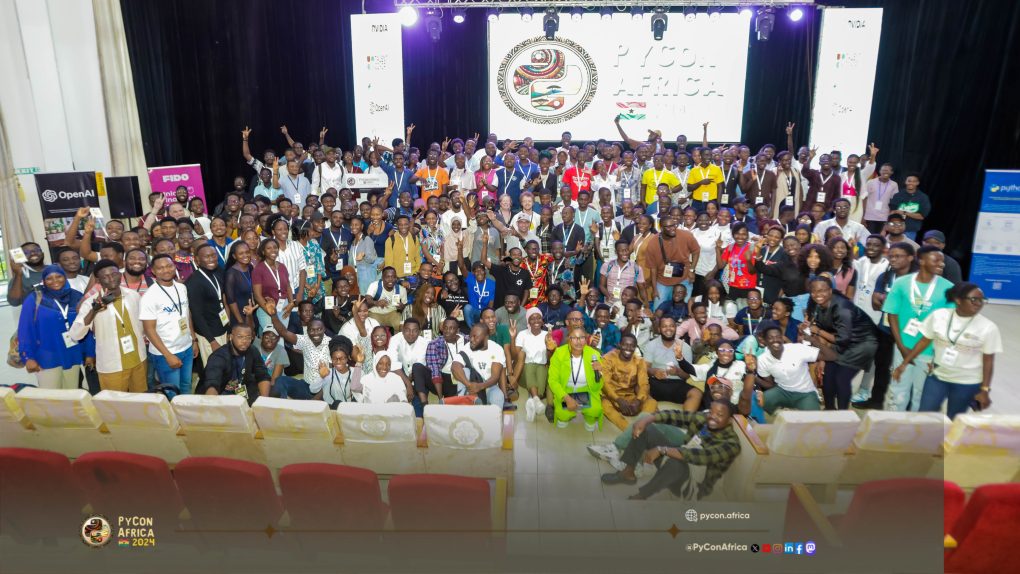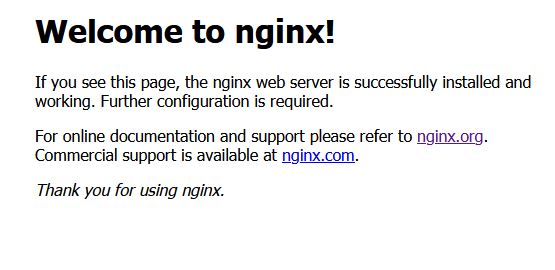Setting Up Continuous Integration with GitHub Actions for a Python Project
A GitHub Action workflow to check Python code for styleguide violations and run unit tests.
Setting Up Continuous Integration with GitHub Actions for a Python Project Read More »





